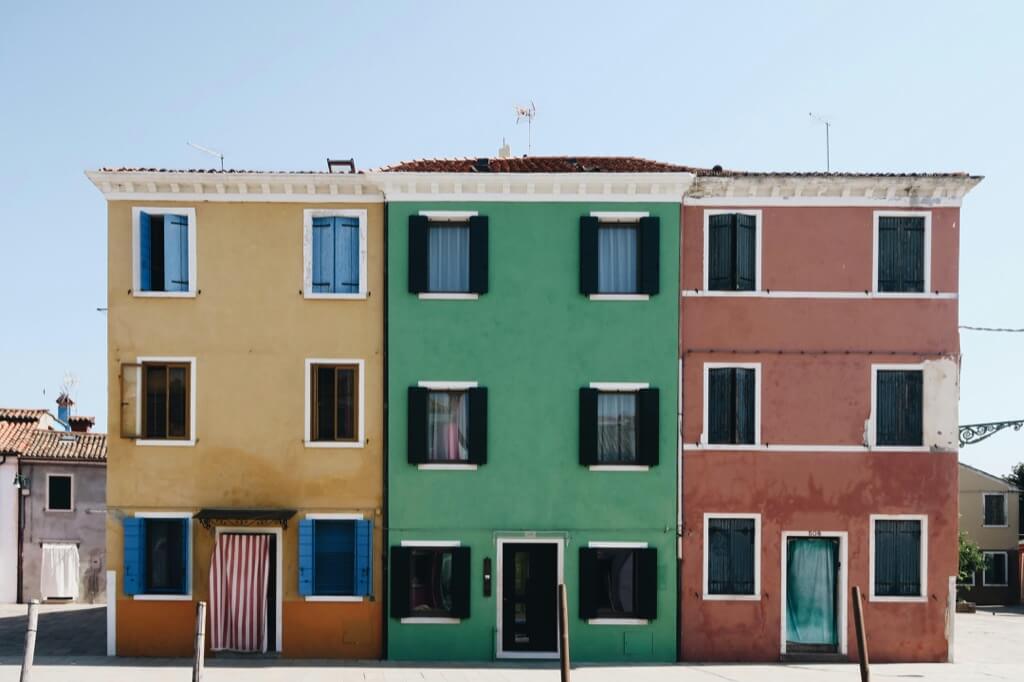There are a lot of trapped South African households. Their socioeconomic status is neither low nor high. Their collective income is just over the poverty line. Their position in the middle class is precarious, though.
There is a rising aspirational middle class in urban centers around the world. This group consists of people whose income is higher than the poverty line but yet below what is needed to support a middle-class lifestyle. This group is more likely to relapse into poverty than the middle class as a whole due to their precarious financial situation.
We set out to learn about the obstacles encountered by South Africa’s aspiring middle class and the main factors that have shaped their trajectory. We looked into the main issues that impede their rise to middle-class stability. As a case study, we referred to Johannesburg.
Our findings show that several crucial factors had an impact on this demography. Some of these factors include educational attainment, racial inequity, economic opportunity, entrepreneurial spirit, and accessibility to conveniences.
The results will have a significant impact on South African public policy. They emphasize the importance of mixed-income policy frameworks that help the poor and the middle class. The goals of these policies should be to promote social justice, address the concerns of the growing middle class, and incorporate their ideas into larger plans for economic growth and social progress.
Rising Middle-class Aspirations and Their Significance
According to the authors’ analyses of the 2018 Quality of Life Survey data issued by the Gauteng City-Region Observatory, the percentage of the population aspirating to be middle class is approximately 30%. To be considered middle class in the developing world, studies have shown that a person needs at least USD 10 a day per capita.
The destitute policy in South Africa provides benefits to individuals up to a daily ceiling of $4.5 per capita. People who earn between $4.5 to USD 10 per capita per day are thus neither impoverished nor middle class.
There Are several Reasons Why Middle-class Households Matter
For starters, they are a major source of demand for products and services since they are often a sizable consumer base. Second, they will be a boon to human capital development through their investments in healthcare and education. Lastly, a spirit of creativity and entrepreneurship can flourish when people have high hopes for their advancement. Finally, they are essential to maintaining social and political order. They frequently call for more equitable government and better social policies.
These homes are far from impoverished. Their financial situation is precarious, though. A 2020 analysis from the United Nations Development Programme found that their likelihood of poverty was three times higher than the middle class. The hopefuls are financially independent and may be considered middle class according to the South African government’s policy for the poor.
Unfortunately, the hopefuls don’t make enough money to pay their expenses and take care of their families. Their aspirations for social, political, and economic participation are identical to those of middle-class citizens.
Factors That Play A Role In Middle-Class Lifestyles
- Education has always been a key to economic mobility since it equips people with the information and abilities that employers want. The credibility of South Africa’s public school system is in jeopardy. According to our findings, getting a high school diploma is no longer a guarantee of a middle-class income.
- Racial inequality has an impact on people’s ability to move up the social ladder because it restricts opportunities. There is still a big role for racial inequality in South Africa. There is a disproportionately low likelihood of black Africans reaching the middle class. This reflects long-standing historical disparities in the country’s educational opportunities and income distribution.
- In South Africa, racial distinctions in property ownership have a long and storied history. To remain in the middle class, one must have assets like a home to protect themselves from economic downturns.
- A solid middle class and chances for upward mobility depend on people being able to access good jobs and start their businesses. To strengthen their financial position, the aspirational middle class could benefit from entrepreneurship, according to our research.
- A middle-class quality of life requires proximity to services like healthcare, schools, and transportation. Those aspiring to the middle class may find it more difficult to advance toward their goals and establish a stable status if these amenities are lacking or unavailable.
- Economic benefits, such as lower transportation expenses, and convenience for all family members contribute to the high value of proximity.
What’s Next?
Reducing poverty and increasing the size of the middle class are two very different issues with very different potential answers. This is because the destitute and those aspiring to the middle class both have unique obstacles. So, we suggest mixed-income policy frameworks that combine middle-class support with programs that help the poor.
Also, the government needs to figure out how to make it easier for people who want to be middle class to become middle class. Aspirants will be able to invest more in healthcare and education, boost demand for goods and services, and encourage a spirit of innovation and entrepreneurship as a result. Their advocacy for better governance and social justice can also make a significant impact on their political and social desirability.
The article urges policies that maximize human potential, rectify historical inequalities, and guarantee widespread representation, with a focus on the function of municipal governments. Because of this, middle-class aspirants will have an easier time climbing the economic ladder to a more secure and comfortable position.




